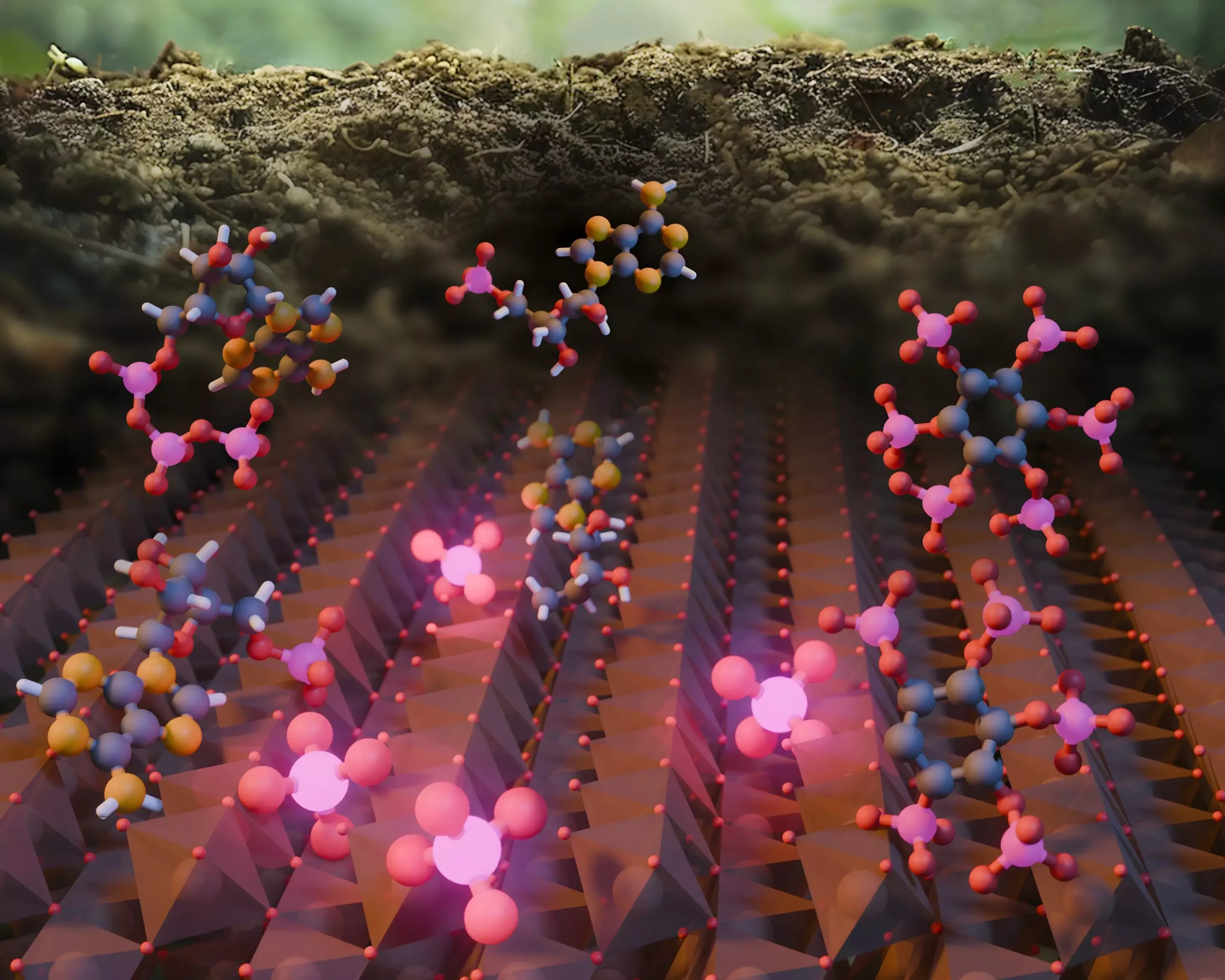Phosphorus is often dubbed the unsung hero of agriculture, a nutrient indispensable for plant growth and fertility. As a key ingredient in fertilizers, it directly influences the ability of farmers to cultivate healthy crops and secure food supplies for burgeoning populations. Yet, the intricacies of the phosphorus cycle have long confounded scientists and environmentalists alike. A recent groundbreaking study by researchers at Northwestern University brings to light a crucial aspect of this cycle that may reshape our understanding of nutrient recycling in ecosystems.
In simplest terms, phosphorus exists in two primary forms: organic and inorganic. While organic phosphorus, entwined with carbon, is plentiful in soils, plants and microorganisms predominantly require the inorganic form for their development. In order to obtain this essential nutrient, flora and microbes release specialized enzymes designed to cleave the carbon bonds in organic phosphorus, thereby liberating inorganic phosphates for their use. Traditionally, it has been assumed that enzymes are the sole means by which this transformation occurs—an assumption that has now been challenged.
Iron Oxide: A Catalyst of Nutrient Transformation
The recent findings stemming from Northwestern’s investigation unveil an unexpected player in the phosphorus game: iron oxide. This naturally occurring mineral, common in the soil ecosystem, has been identified as a potent catalyst capable of facilitating the conversion of organic phosphorus to its inorganic counterpart. Surprisingly, iron oxide minerals recycle phosphorus at rates that rival the biological processes previously thought to govern these transformations.
Ludmilla Aristilde, the study’s lead researcher and an associate professor in environmental engineering, points out the pressing nature of this discovery. “Current reliance on mined phosphorus for fertilizers is unsustainable,” she states. With finite reserves that are projected to be depleted within a century, the quest for innovative methods to recycle phosphorus is both timely and necessary. Aristilde expressed a clear intention: understanding these natural mechanisms is paramount for food security.
Examining the Pathways of Phosphorus Recycling
The research team, including graduate student Jade Basinski and other contributors, explored environments rich in organic matter. They primarily investigated soil and sediment samples where decaying vegetation and microorganisms release organic phosphorus, notably in forms like nucleotides from DNA and RNA. While employing their innovative approach, the researchers sought to identify alternative mechanisms driving phosphorus recycling.
Driven by previous field studies that hinted at non-biological pathways in phosphorus transformation, Aristilde’s team hypothesized that iron oxides could serve as catalysts. Their laboratory experiments to track the fate of phosphorus revealed unexpected complexities. They discovered that, although phosphorus was being converted to its inorganic form, a significant portion remained bound to the iron oxide surfaces rather than becoming bioavailable.
To delve deeper, the team utilized advanced X-ray techniques at the Stanford Synchrotron Radiation Lightsource. This high-resolution analysis provided astonishing insights, uncovering that the freshly generated inorganic phosphorus was closely associated with the surface of the iron oxide. “We found the phosphorus was clinging to the surface,” Aristilde noted. This realization not only showcases the role of minerals as key players in phosphorus cycling but also raises questions about the accessibility of this nutrient within ecosystems.
Implications Beyond the Earthly Realm
The ramifications of this groundbreaking research extend far beyond the agricultural fields of Earth. Understanding how phosphorus cycles is crucial not only for sustaining life on our planet but also for considering the potential for life-sustaining processes on celestial bodies, particularly Mars. Aptly noted by Aristilde, the presence of iron oxides on the Red Planet opens a pathway for astrobiological inquiries—could phosphorus cycling exist elsewhere in the universe?
With the knowledge that iron oxide plays a substantial role in recycling phosphorus, scientists can refine theories regarding nutrient dynamics across various landscapes. This new understanding provokes a re-evaluation of how ecosystems maintain fertility and resilience in the face of challenges such as climate change and food scarcity.
Furthermore, by advancing our grasp of the phosphorus cycle, researchers like Aristilde are paving the way for innovative agricultural practices that prioritize sustainability over dependence on finite mineral resources. The findings herald a future where agriculture can harmonize with ecological principles, allowing for resilient food systems that comply with nature’s wisdom.
The contribution of this research is profound, marking a pivotal shift in the way we perceive nutrient cycling within Earth’s ecosystems and potentially altering our exploration of extraterrestrial environments. Nature’s complexity continues to reveal layers of wisdom, urging us to seek knowledge and adopt sustainable practices for a flourishing future.


Leave a Reply